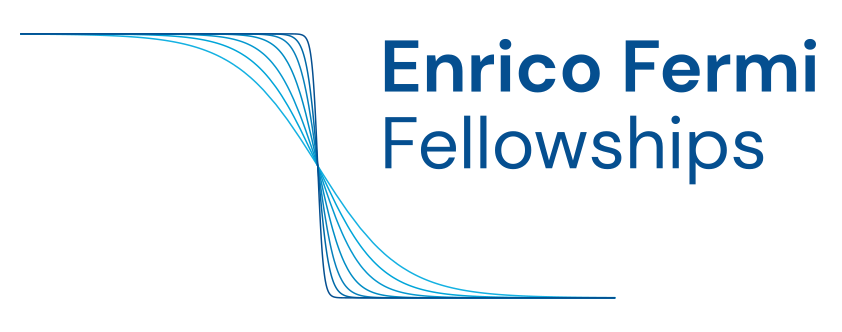Radboud University
Supervisors: Gałęski Stanisław (Radboud University) – Henry Legg (University of St Andrews)
Short Bio: I am a researcher with a background in quantum physics, renewable energy engineering, and data science. I worked on both experimental and computational projects, exploring topics such as porous silicon for optoelectronics, energy-efficient technologies, and statistical data analysis. My research interest focuses on condensed matter physics, quantum transport, and the thermal properties of novel materials. For my PhD, titled “Pushing Gravity to the Limit: Thermal Conductance in the Quantum Limit of Topological Matter” I will investigate the connection between gravity and heat transport in quantum materials.


